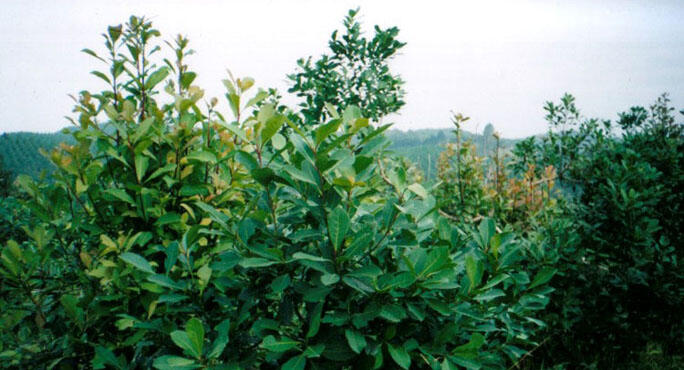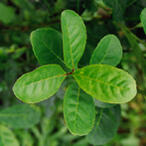Common Name
Botanical Name
Yerba Mate’ and its Origin
Originating from South America, Yerba Mate’ is a tree cultivated in Paraguay, Brazil and northern Argentina.1,2,3
Folk Uses
The leaves of Yerba Mate’ are made into a tonic and stimulating beverage, due to the presence of both caffeine and theobromine. Decoction of Yerba Mate’ is drunk both hot and cold, to alleviate fatigue, suppress appetite, stimulate body and mind, and boost metabolism.1,2
Recent Investigation
Current science on Yerba Mate’ shows that a decoction of the leaves enhances bile flow and speeds intestinal transit time. Yerba mate’ also demonstrates 5-lipoxygenase inhibitory activity, thereby making the herb of use in some cases of mild to moderate asthma.
Analytical studies show that dried Yerba Mate’ naturally contains approximately 0.56% caffeine. But more significant is the theobromine value of Yerba Mate’. Like caffeine, theobromine is a central nervous system stimulant alkaloid, though it is appreciably weaker than caffeine. But theobromine is a stronger cardiac stimulant, smooth muscle relaxant, and diuretic. The biological activity of theobromine is presumed responsible for the unique appetite-suppressing and fatigue-allaying properties of this plant.1,2,3,4
References:
- Bruneton, Jean. Pharmacognosy Phytochemistry Medicinal Plants. Lavoisier Publishing, Paris 1995.
- Leung, Albert., Foster, Steven. Encyclopedia of Common Natural Ingredients Used in Foods, Drugs and Cosmetics. John Wiley & Sons, New York 1996.
- Samuelsson, Gunnar. Drugs Of Natural Origin. Swedish Pharmaceutical Press, Stockholm 1992.
- Wichtl, Max. Herbal Drugs and Phytopharmaceuticals. Medpharm Publishers, Stuttgart 1994.



